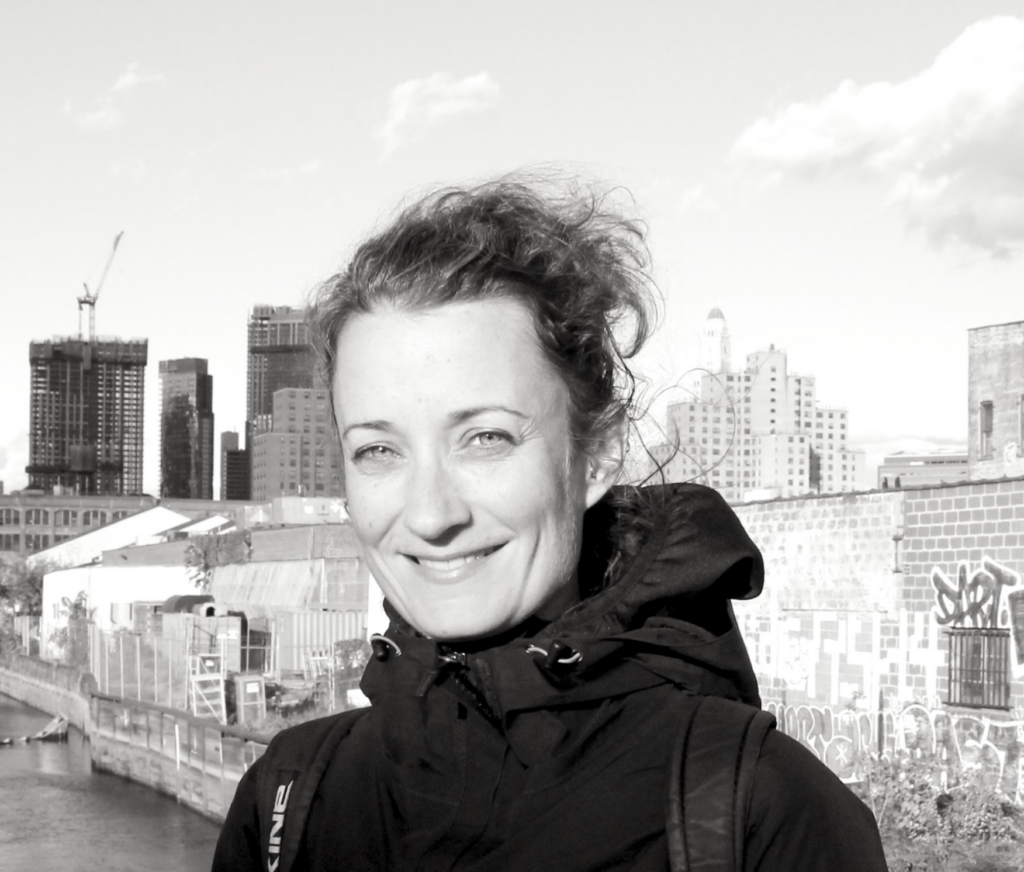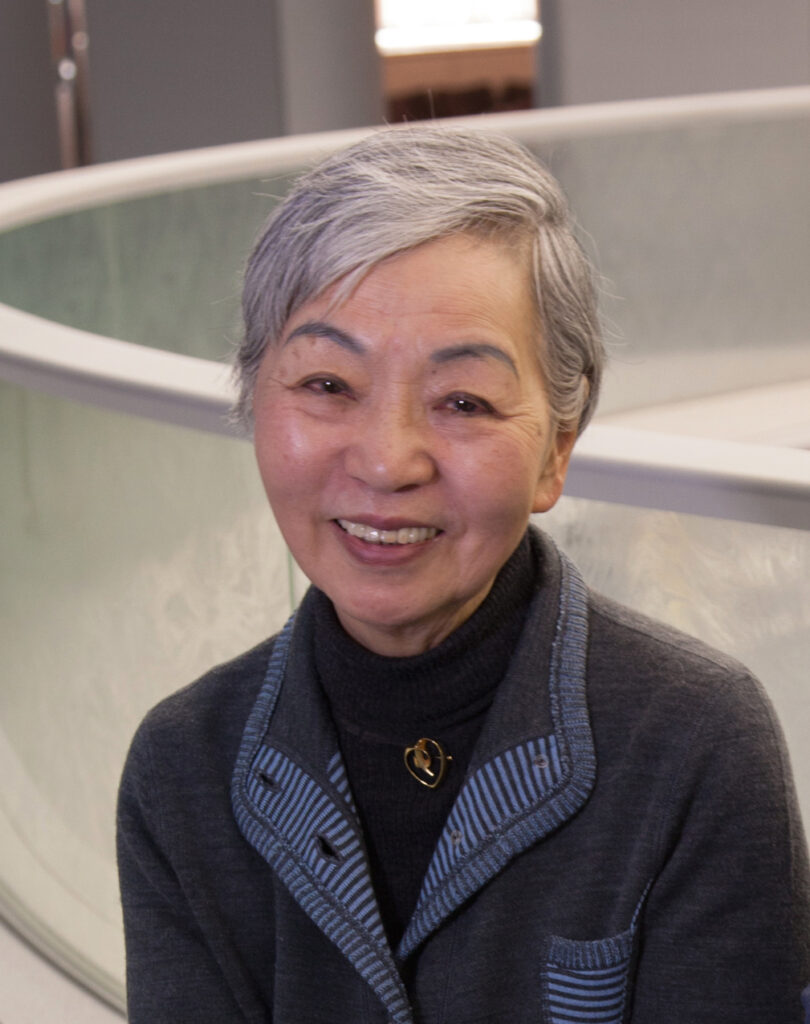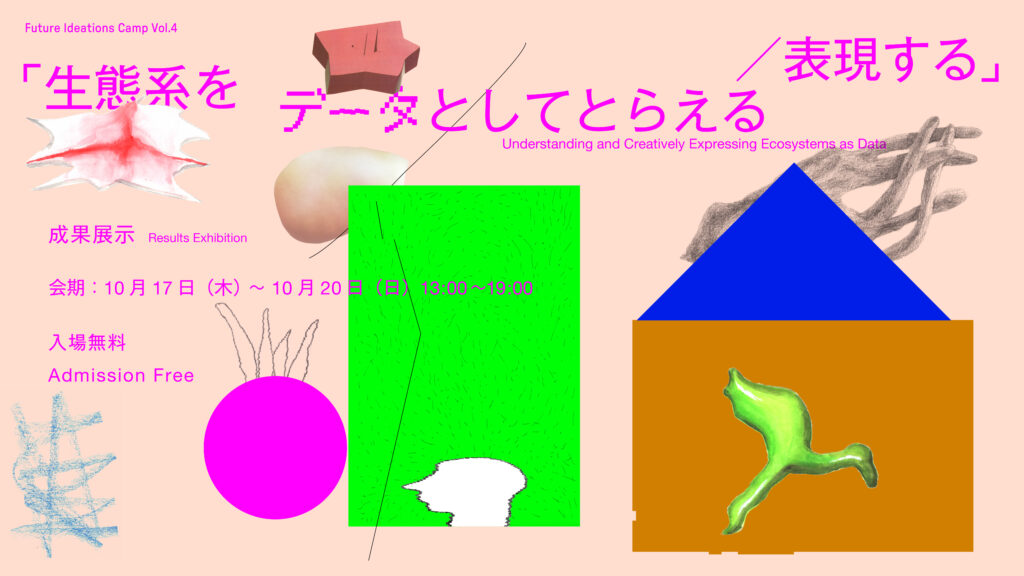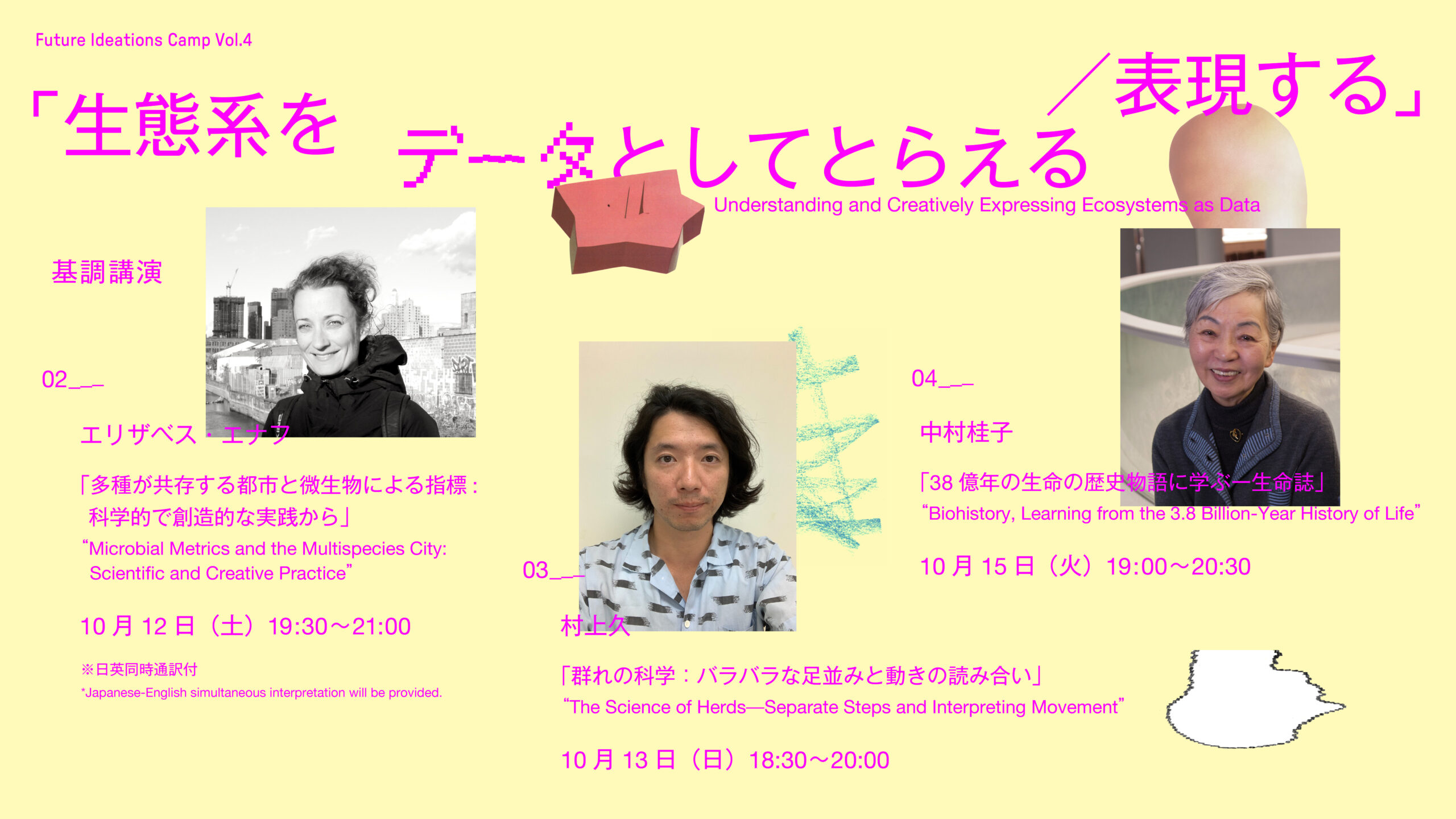Understanding and expressing ecosystems through data to reinterpret them from multispecies perspectives: keynote lectures by artists and researchers, and an exhibition of workshop results.
In conjunction with Future Ideations Camp Vol. 4: Understanding and Creatively Expressing Ecosystems as Data, held at Civic Creative Base Tokyo in October 2024, four keynote lectures aim to instill renewed awareness of ecosystems from the perspectives of art, design, behavioral science, and the history of life. Today, the negative impact of human activities on ecosystems has become a major concern. These lectures are an opportunity to learn from the practices of Japanese and international artists and researchers the means of understanding the broader ecosystems that encompass our lives and discover new guiding principles for enriching those ecosystems.
【Keynote Lecture 2】
Elizabeth Hénaff: Microbial Metrics and the Multispecies City: Scientific and Creative Practice
Date: October 12 (Sat) 7:30 pm – 9:00 pm
Lecturer: Elizabeth Hénaff (computational biologist, artist)
*Japanese-English simultaneous interpretation will be provided.

【Keynote Lecture 3】
Murakami Hisashi: The Science of Herds—Separate Steps and Interpreting Movement
Date: October 13 (Sun) 18:30-20:00
Lecturer: Murakami Hisashi (Researcher)
Murakami Hisashi (Researcher) :
We can detect order in the movements of bird flocks, fish schools, and human pedestrians, almost as if they are functioning as a single living creature even when there is no leader or control tower directing them. What are the mechanisms behind such herd behavior? The lecture discusses this question in terms of separate steps and interpreting movement.

【Keynote Lecture 4】
Nakamura Keiko: Biohistory, Learning from the 3.8 Billion-Year History of Life
Date: October 15 (Tue) 19:00-20:30
Lecturer: Nakamura Keiko (doctor of science / Honorary Director, JT Biohistory Research Hall)
Nakamura Keiko (doctor of science / Honorary Director, JT Biohistory Research Hall) :
Human beings are living creatures and part of nature. Based on that essential fact, this lecture considers how we can live as members of an ecosystem. It hopes that we can positively overcome the impasse of contemporary civilization, which detaches itself from nature and seeks uniform progress, by shifting to recently revealed future ways of living.


【Keynote Lecture 1】
Oron Catt: Life is Not What it Used to Mean
Date: September 21 (Sat) 5:00 pm – 6:30 pm
Lecturer: Oron Catts (artist / co-founder and director of SymbioticA)
*Japanese-English simultaneous interpretation will be provided.

Future Ideations Camp Vol.4 Results Exhibition
Dates: October 17 (Thu)-20 (Sun) 13:00-19:00

